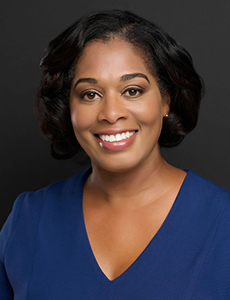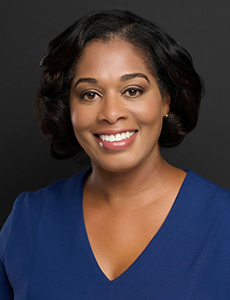The Changing Property Insurance Landscape
The property insurance landscape has undergone significant transformation over the last five years due to the increasing frequency and severity of catastrophic events. These changes are forcing insurance professionals to reassess their traditional risk assessment and coverage approaches. According to Tonya Courtney, senior vice president of Nationwide E&S Brokerage Property, “The nature of property risk has been evolving over the past several years, with an increasing severity and frequency of catastrophe losses.”
Recent events, such as Hurricane Helene causing severe flooding in Asheville, North Carolina, demonstrate this shift. The storm’s impact, occurring over 250 miles from the coast, was unexpected and highlighted the changing dynamics of property risk. Courtney noted that while the focus is typically on areas within 50 miles of the coast for hurricane losses, Hurricane Helene defied these expectations.

The industry is now experiencing significant losses due to what are termed “secondary perils,” such as convective storms. In 2023, these storms were the primary driver of property losses. Courtney emphasized the need to consider various perils, including wildfires, which have become a major concern since the 2017 Tubbs Fire caused over $5 billion in property losses.
Adapting Underwriting Practices
As risks evolve, so must underwriting approaches. The E&S market is seeing increased business as standard markets struggle with the changing risk landscape. This shift began around 2018 when the standard lines property market hardened due to losses from significant events like Hurricanes Harvey, Irma, Maria, and California wildfires.
The increasing frequency and severity of losses, coupled with rising building valuations, make it challenging for a single carrier to handle large exposures. Courtney explained that the E&S market offers a solution by spreading risk across multiple carriers. “A $5 million loss is more manageable for a single carrier than a $750 million loss,” she said.
E&S underwriters are adapting their risk assessment practices by utilizing data analytics to evaluate property exposures more effectively. They are focusing on accurate valuation and using tools like roof scores, especially for coastal risks, to assess potential losses. “Wind loss prevention relies heavily on the roof as a first line of defense,” Courtney noted.
Building Strong Relationships and Prevention Strategies
In this volatile environment, strong relationships between brokers, carriers, and clients are crucial. Trust and consistency form the foundation of successful partnerships in the insurance industry. Courtney emphasized the importance of carriers positioning themselves as strategic partners in risk mitigation and portfolio resilience.
For brokers navigating this complex market, Courtney recommends working with carriers that are transparent, collaborate on loss prevention, and have dedicated underwriters known for their expertise. “It’s crucial to work with underwriters who have the expertise and knowledge to provide consistent, strong programs year after year,” she advised.
This collaborative approach to prevention not only protects policyholders but also contributes to the long-term stability of insurance companies. By working together to identify and address potential hazards, the industry can better navigate the increasingly complex risk landscape.
To address these challenges effectively, the industry must evolve its thinking and approach to align with changing market and global conditions. Collaboration and innovation within the industry are crucial to tackling these challenges.


